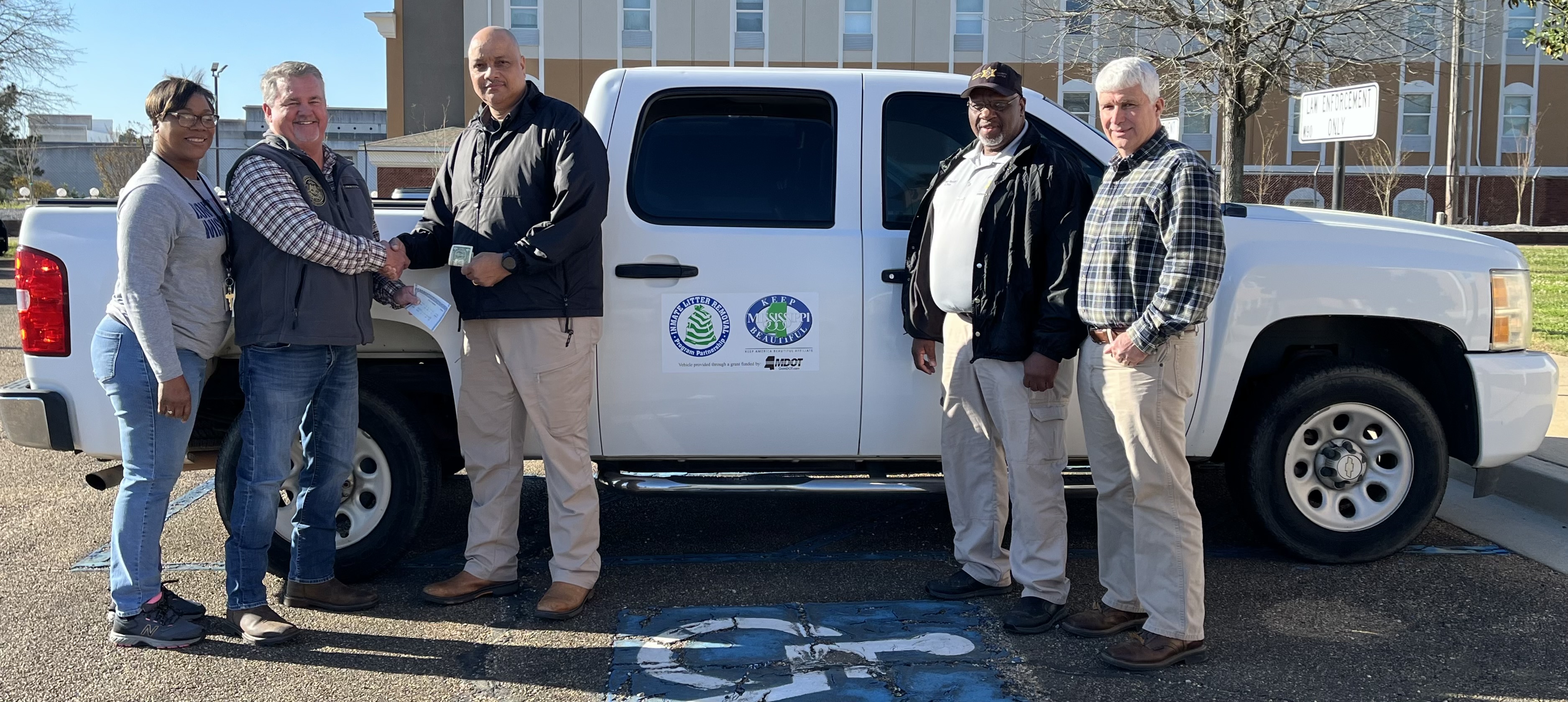Supreme Court deals yet another major setback to unions in property rights decision
Published 4:15 pm Tuesday, June 29, 2021
Mississippi’s agribusiness community and the state’s labor organizations both saw a major Supreme Court decision issued in a California case that centers on the intersection of union access to private property in union organizing activities. The case is styled Cedar Point Nursery and Fowler Packing Company, Inc., versus Victoria Hassid, in her capacity as chair of the California Agricultural Relations Board.
The question before the Supreme Court was whether the uncompensated appropriation of an easement that is limited in time effects a per se physical taking (of their property) under the Fifth Amendment. At issue also was the property owner’s “right to exclude.”
According to the high court, state law in California “forces agricultural businesses to allow labor organizers onto their property three times a day for 120 days each year. The regulation provides no mechanism for compensation (to those farmers and growers).”
But attorneys for the two petitioner growers argued prior to the court’s ruling that the rule is a “government-authorized physical invasion of private property.” Joshua Thompson, a senior attorney for the Pacific Legal Foundation: “The Constitution forbids government from requiring you to allow unwanted strangers onto your property. And union activists are no exception.”
In the Supreme Court’s 6-3 ruling, Chief Justice John Roberts wrote for the majority: “The access regulation appropriates a right to invade the growers’ property and therefore constitutes a per se physical taking. The regulation grants union organizers a right to physically enter and occupy the growers’ land for three hours per day, 120 days per year. Rather than restraining the growers’ use of their own property, the regulation appropriates for the enjoyment of third parties the owners’ right to exclude.”
Justice Stephen Breyer rejected Roberts’s reasoning in a dissent joined by Justices Elena Kagan and Sonia Sotomayor: “The regulation does not appropriate anything. It does not take from the owners a right to invade (whatever that might mean). It does not give the union organizations the right to exclude anyone. It does not give the government the right to exclude anyone. What does it do? It gives union organizers the right temporarily to invade a portion of the property owners’ land. It thereby limits the landowners’ right to exclude certain others. The regulation regulates (but does not appropriate) the owners’ right to exclude.”
After the ruling Thompson – who argued the case on behalf of the growers before the nine justices – called the ruling “a huge victory for property rights. Today’s decision affirms that one of the most fundamental aspects of property is the right to decide who can and can’t access your property.”
George Mason University law professor Ilya Somin said after the ruling that it “is a major step forward for constitutional property rights. Americans across the political spectrum have reason to be happy the court denied the government sweeping power to mandate uncompensated invasions of private land.”
But Stanford University Law Professor William B. Gould IV, former chairman of the National Labor Relations Board, disagreed: “Today’s Supreme Court ruling holding that the Association of Labor Relations Agencies regulation providing for limited union access to private property is an unconstitutional per se physical taking ignores the peoples’ elected representatives in a manner akin to the Court’s 1930s rulings, which also invalidated social and economic legislation with which the Court disagreed.”
Another reason that this case gained widespread national attention is that it represents the first major labor decision by the high court’s new 6-3 conservative majority. As we have seen in past Mississippi disputes over eminent domain, no group is stronger and more influential regarding property rights cases than the state’s farmers, ranchers, and timber growers.
Mississippi remains a “right to work” state in which some 86,000 of the state’s 1.034 million workers (or only about 8.3% of the state’s workforce) is represented by organized labor. That trails the national average as do most “right to work” states.
Sid Salter is a syndicated columnist. Contact him at sidsalter@sidsalter.com.





